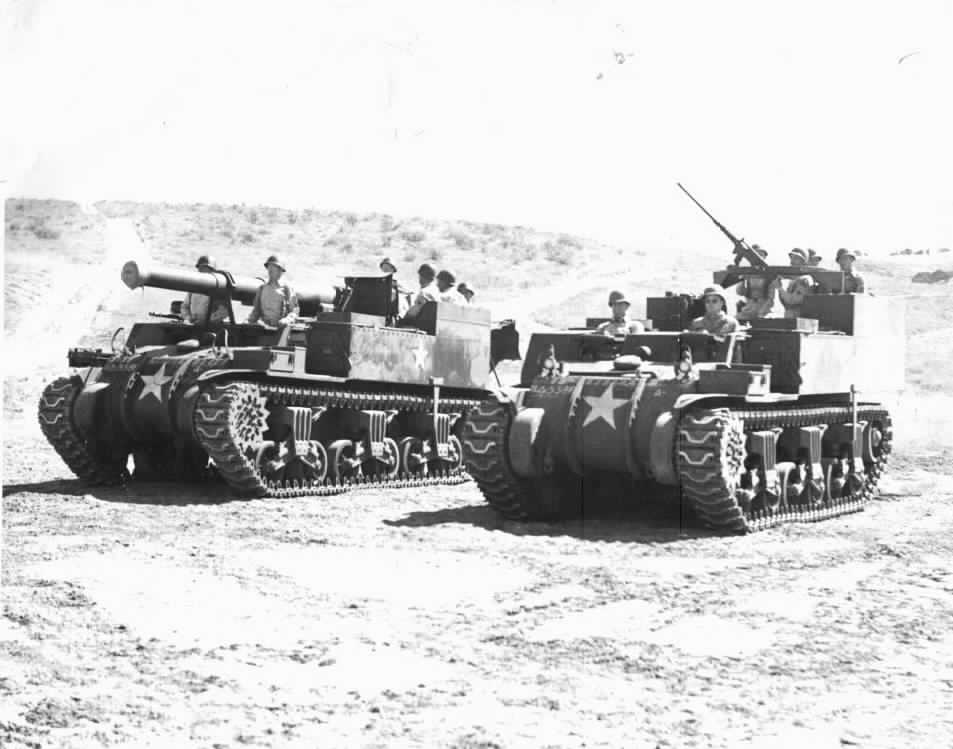
| Year | September 1943 |
| Vehicle Type | [@type] |
| Origin & Designer | [@designer] |
| Numbers Produced | 100 |
| Crew | 2 + 6 Gunners |
| Armament | 1 x .50 cal M2HB Heavy Machine Gun |
| Ammunition Carried | 40 x 155mm + 1000 x .50 cal |
| Pay Load | [@pay_load] |
| Towed Load | [@towed_load] |
| Weight | 21.000 kg |
| Height | 2.20m |
| Width | 2.67m |
| Length | 6.73m |
| Ground Clearance | 0.42m |
| Fording Depth | 1.0m |
| Obstacle Clearance | 0.61m |
| Climbing Ability | 30° |
| Radio | [@radio] |
| Armour | Upper Hull Front: 25mm. Lower Hull Front: 51mm. Upper Hull Sides: 10mm. Lower Hull Sides: 19mm. Hull Rear: 19mm. Hull Top: 13mm. Hull Top: 13mm. |
| Engine | Continental R975 C1 (Petrol) |
| Transmission | 5 Forward & 1 Reverse |
| Maximum Road Range | 139 miles (225 km) |
| Maximum Cross Country Range | 86 miles (140 km) |
| Maximum Road Speed | 21 mph (34 kph) |
| Maximum Road Speed + Trailer | [@maximum_road_speed_trailer] |
| Maximum Cross Country Speed | 12 mph (19 kph) |
| Maximum Road Towing Speed | [@maximum_road_towing_speed] |
| Variants | [@variants] |
| Notes | The M12 GMC had limited space for ammunition storage and could only carry ten rounds along with propellant charges, so the decision was made to issue an ammunition carrier to each M12. This resulted in the M30 ammunition carrier which was basically just an M12 with the gun removed. The M30 was used not only to carry the extra ammunition but also the gun crew. For defense against aircraft and ground attack it had a ring mounted .50 M2HB installed at the rear. |